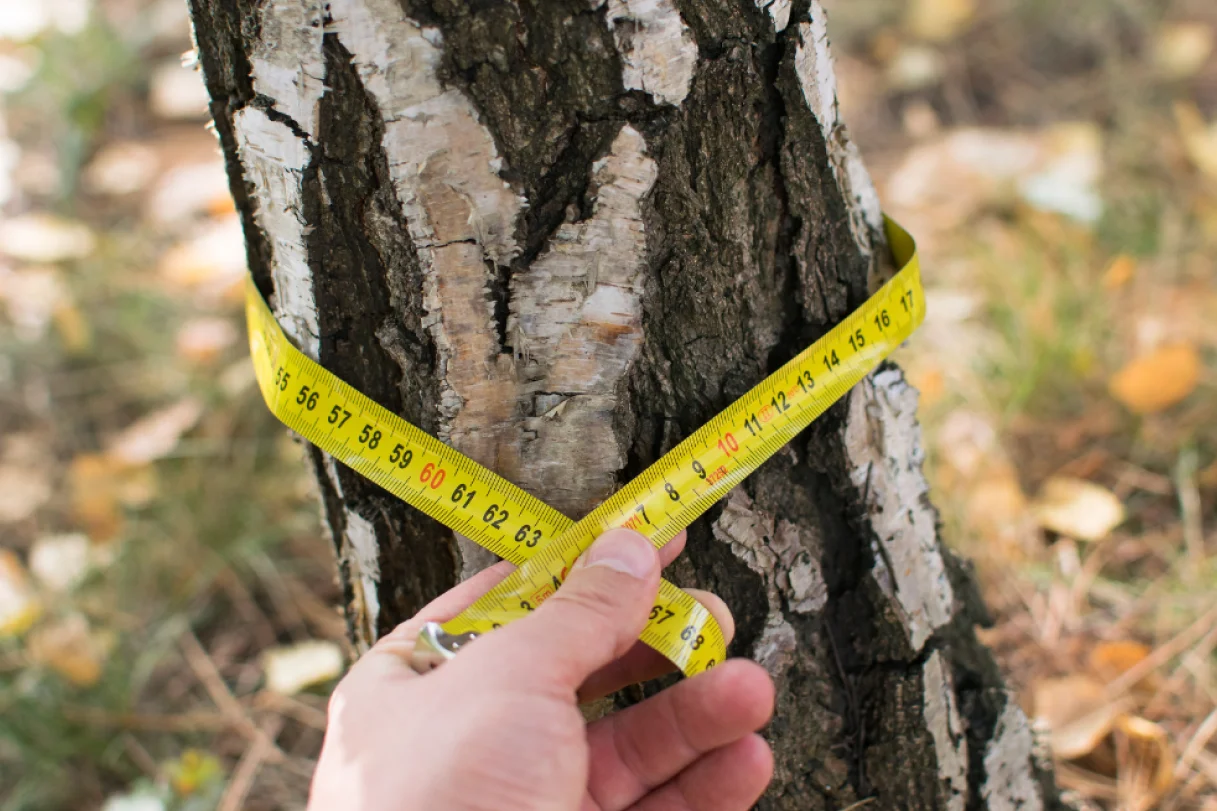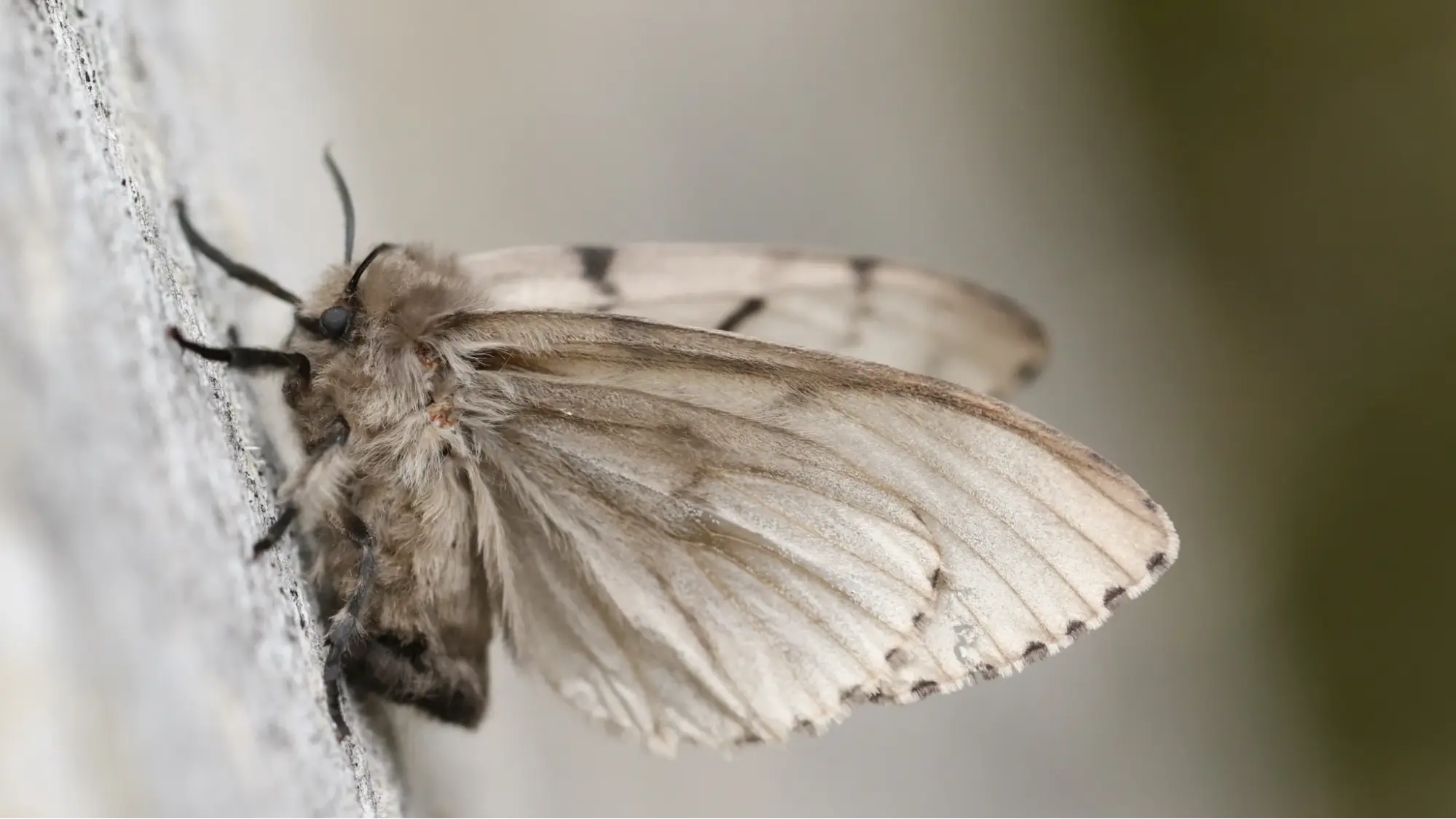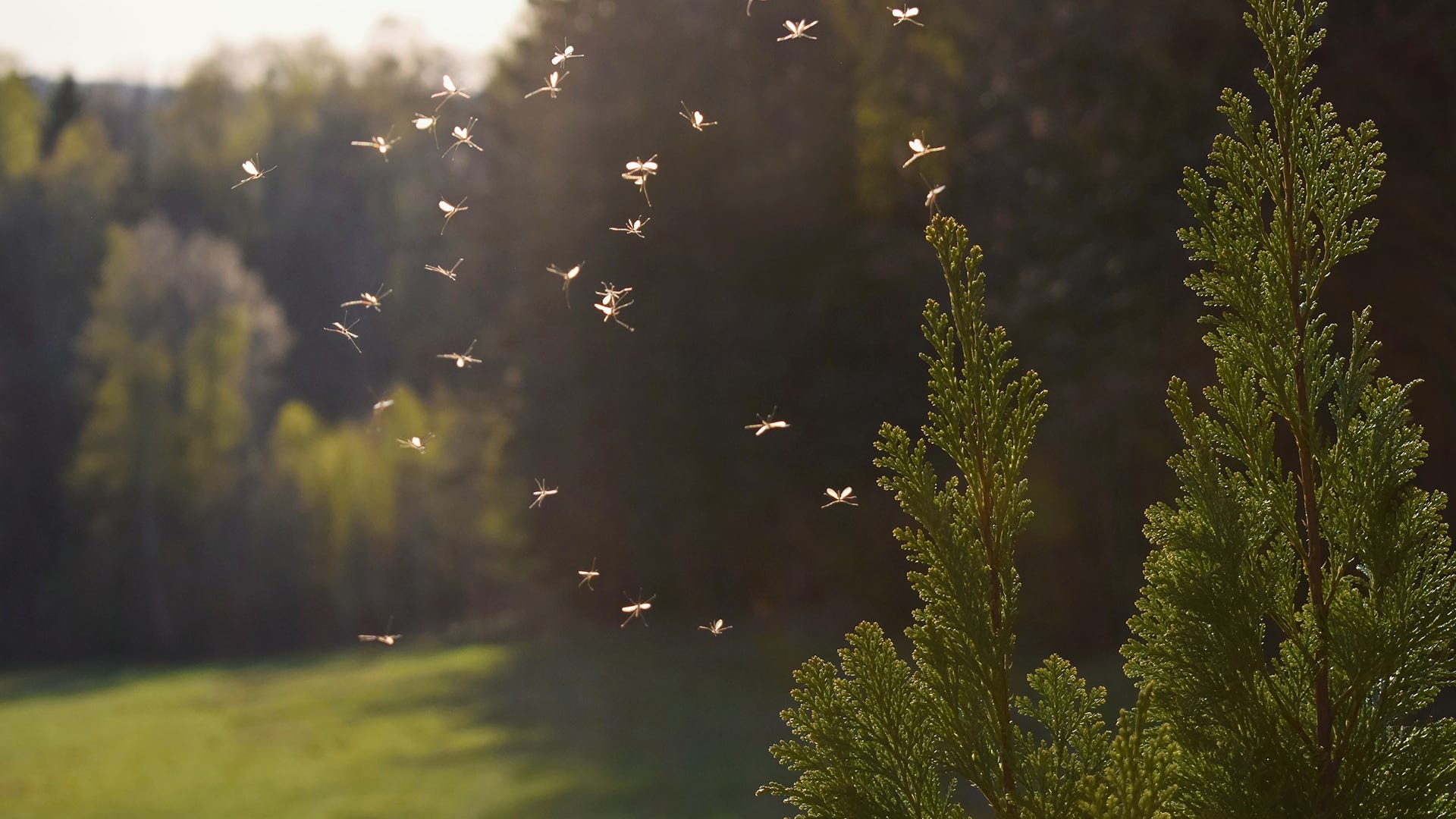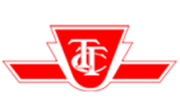With over a decade of experience in arboriculture in Toronto and the GTA, I have encountered numerous instances where even minimal contact between trees and roofs has caused significant problems. If you see tree branches touching your roof lines or eaves, it’s important to act immediately. Trees in our region can be quite tall and often grow wide enough to touch nearby houses if they are planted too close to them or never pruned at all. Even one branch left unattended could cause unexpected roofing difficulties such as leaks, structural damage or pest penetration. No homeowner would like a tree branch stuck on their roofs during a heavy thunderstorm or under the pressure of wet snow.One of the first steps you need to take to avoid any dangers is to inspect your property regularly – both from ground level and safely up a ladder (if you are experienced). Pay attention to scraping sounds against shingles on a breezy day, or areas where leaves have gathered and there are sticks. Collected debris can hold water that leads to mold and even rot in sections of your roof. The reason might be tree branches touching roof surfaces if there are visible signs of damage such as cracks in the shingles or consistent dampness on your ceiling. It is important to deal with it immediately so that it does not escalate into something worse like a tree branch through the roof during severe weather.
The presence of insects is another problem that can occur when branches rest upon the top of your roof. Such pests as ants or termites may use them as bridges which give easier access to an attic or roofing systems at home. Consequently, they may compromise wood supports while further weakening structural integrity. When taking care of your roof, remember that this is not only about beauty but also safety aspects. By cutting off overgrowth near your shingles, you minimize pest risks while promoting air circulation around the rooftop hence reducing condensation buildup.”
A common question arises: should you attempt to trim branches yourself, or is it safer to call an expert? In most cases, it is possible to handle minor pruning of small and low hanging branches safely by using the right tools such as a sharp pruning saw or shears. However, if the branch in question is large; close to powerlines; or high above ground level, then hiring an ISA-certified arborist would be highly recommended. They have the necessary expertise and equipment to make difficult cuts and leave the tree healthy afterward. Bad cutting like in the wrong season or at the wrong angle can lead to diseases, decay or uneven growth resulting in more branches pointing back towards the roof.
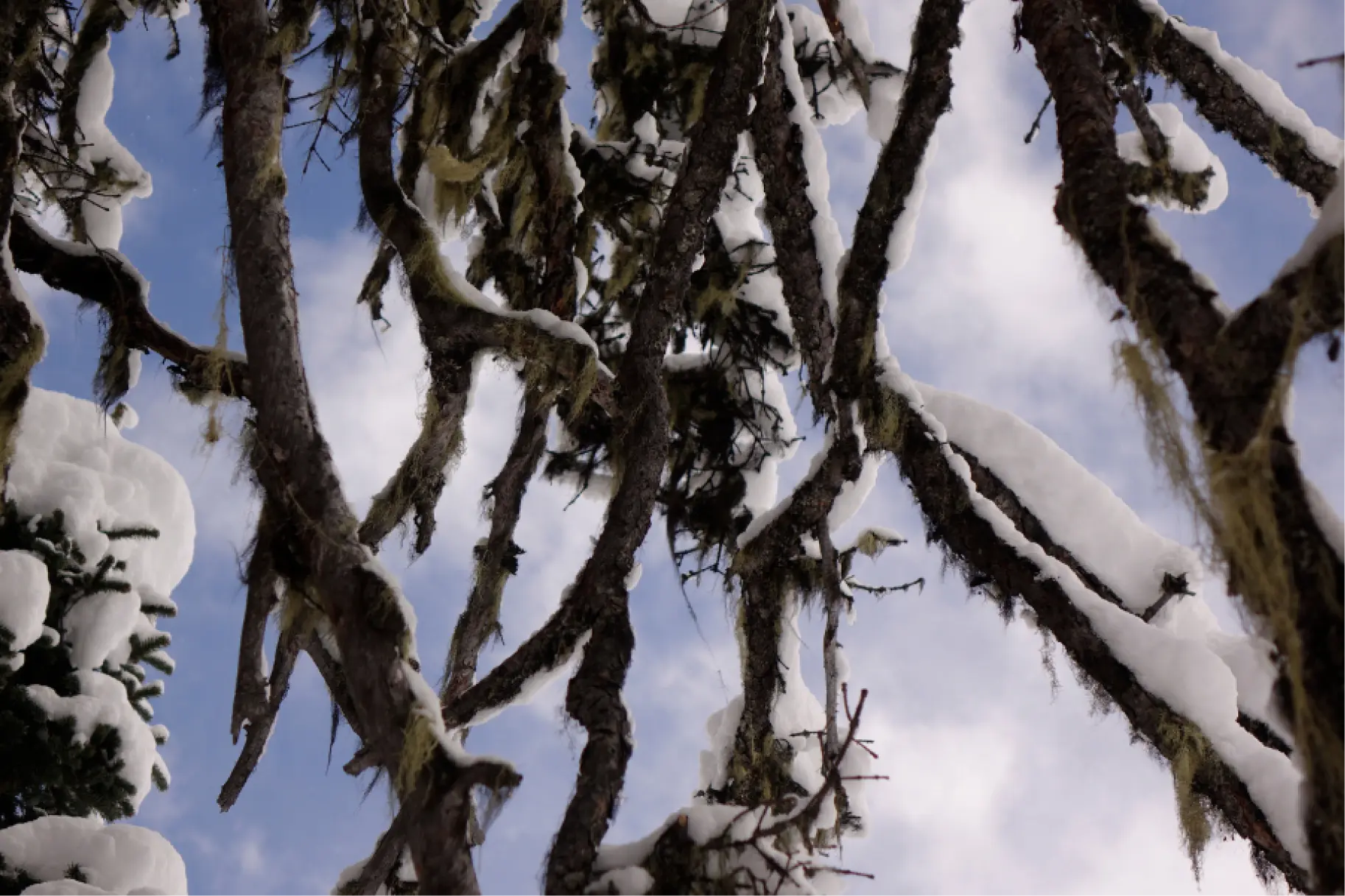
Prevention is your best friend always. By having a reputable tree service company on board for annual or biannual inspections in Toronto & GTA area will ensure that your trees stay far enough from your house. They grow so fast sometimes unnoticed until tree branches touching roof already. But before a branch becomes dangerous an experienced eye can spot early signs such as tiny cracks in a limb or presence of fungus.
Aside from that, one should also take into account the type and age of the trees. Some fast-growing types like Manitoba maples may present a greater hazard if they are not frequently pruned. Likewise, mature trees can have dead branches mixed with healthy ones so that a burst of wind can snap them off suddenly. Having an appropriate canopy shape is very important in terms of avoiding situations where branches start leaning on rooftops. Engaging a professional who has knowledge about the weather conditions in Toronto and typical tree species in GTA guarantees that trimming is done properly hence your tree remains firm and well-proportioned.
So, tree branches touching the roof lines are not mere aesthetics; they are important in terms of your house’s security and the life of the trees as well. As much as small trimming may be done by a homeowner with some skills, it is always advisable to let professionals handle major and dangerous assignments. By doing this you avoid interactions between your roofing system and all trees that surround your home, minimize chances of suffering from storms destructors, and help make your most loved trees last longer. Let us then consider why winter is considered the peak season for cutting overhanging tree branches—especially within cold snowy regions such as Toronto and GTA.
Why is it important to cut overhanging tree branches in winter time?
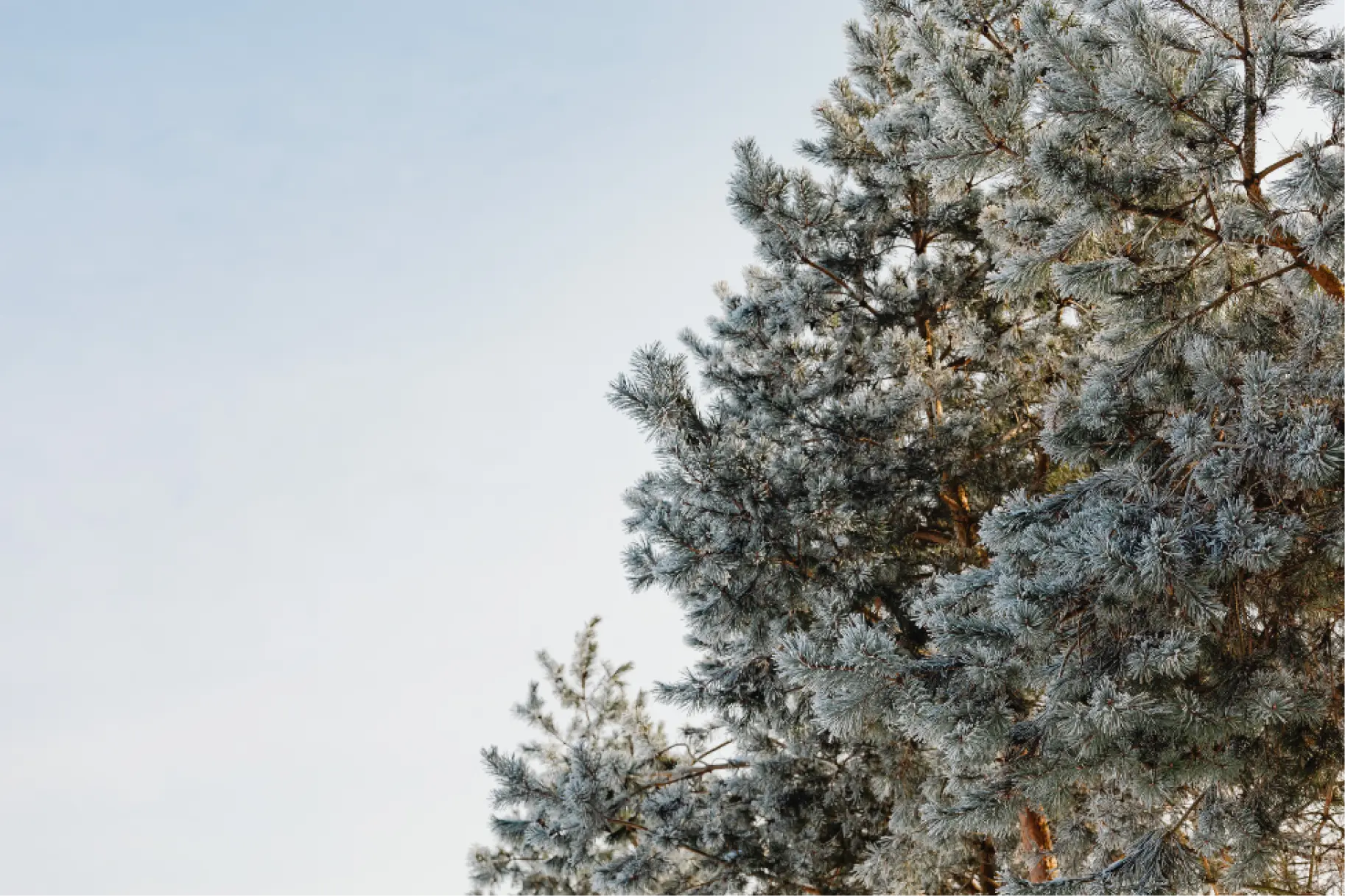
Arborists in Toronto and the GTA have long advocated for winter pruning, which is common in colder regions. A major reason for this is that growth rates for trees are much slower during their dormant period making it easier to identify any tree branches that might threaten to fall on homes unless they are pruned. With falling leaves, arborists and homeowners can easily point out which limbs need trimming or removing because silhouettes of branches stand out against the sky. In addition, precise cuts where necessary contribute to maintaining the natural shape of trees by taking advantage of this view as well.
Another benefit of this is that cutting back tree branches in winter normally helps to alleviate stress on the tree. During the colder months, trees are less active similar to other plants. This dormancy explains why wounds resulting from pruning during winter have more time for healing before spring growth accelerates. Again, by doing so, one will be reducing the chances of diseases or pests attacking through pruning cuts. In a fluctuating climate like Toronto’s where temperatures can become extreme, it becomes important to prune when damage might occur. Additionally, cold weather tends to make insects less likely to infest freshly cut parts of the tree thereby preventing its affliction.
Practically speaking, addressing tree branches overhanging a house becomes more urgent during winter than at any other time of year. Overhanging branches become heavier once there are snow and ice storms and thus they are more likely to break off and fall onto roofs, vehicles or power lines. A well-timed pruning job just before the worst weather can save homeowners in GTA from costly emergency removals that can be stressful as well. Waiting until snow weighs down already precarious limbs may result in power outages, roof structures being damaged or sudden property repairs needed due to their breaking under weight into people’s homes or yards respectively too late for prevention purposes.
Winter pruning, however, must be done with safety in mind. This is because surfaces are often slippery and ice can collect on branches, making them extremely brittle and unpredictable. Even though minor pruning may sometimes be carried out by an informed homeowner, tall or unstable limbs should always be pruned by specialized arborists who have the necessary climbing equipment and saws. Aside from having the right tools for this job, they also know how to evaluate whether a particular branch is actually dangerous. Excessive pruning of a tree may cause it to go into a shock; thus it is vital that we apply expert knowledge especially where branches are hanging on top of your roof or other delicate places.
Besides, winter pruning is usually the best time to prune overhanging tree branches so that you retain the curb appeal of your property most effectively. In spring however, the cuts will heal and lead to better growth as new shoots develop more sturdy structures that are visually appealing too. It’s also important to trim responsibly so you don’t end up having disputes with neighbors. Large branches in many Toronto neighborhoods including GTA can encroach on neighboring yards leading to conflicts between home owners. Eventually these might break away during a storm causing damage to others’ homes or grounds; therefore leaving you with possible bills for compensation costs.
In conclusion, winter is a good time to prune overhanging branches. This encourages safety in homeowners’ premises and trees around. You also avoid the risks of heavy branches falling during heavy snows while at the same time ensuring that you maintain long term health of your tree. It is an especially useful strategy for areas with heavy snowfalls like Toronto. In this way, you will keep your trees as a source of beauty and shade, not something to worry about when the cold weather finally catches up with them. We shall look at why overhanging tree branches are even deadlier when they touch your rooftop below
Why are tree branches with snow dangerous when they are touching roof?
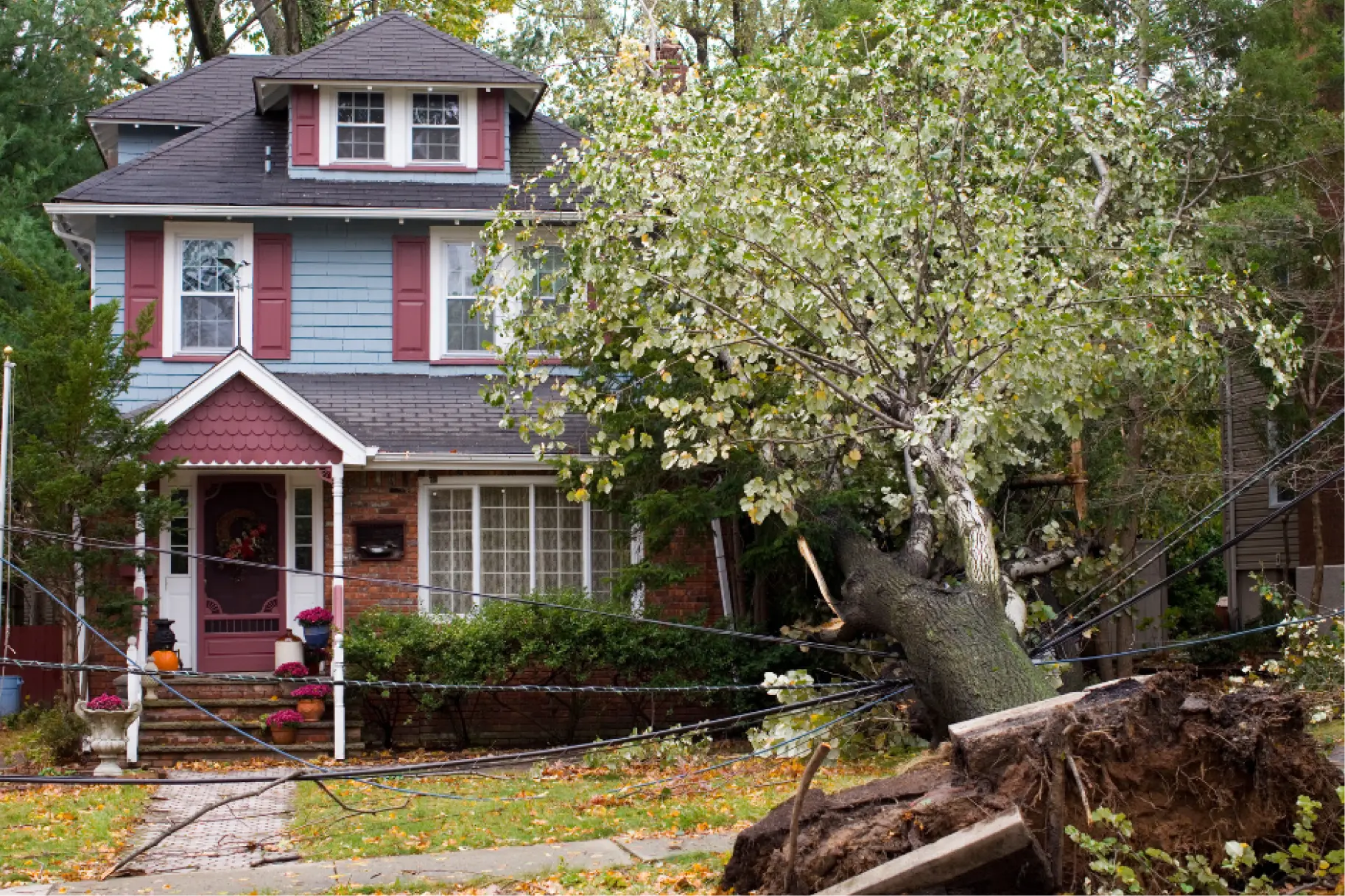
In Toronto and the GTA, it’s common to wake up to find your trees covered in snow. This could be a beautiful scene for winter but it can also make it possible for danger through trees falling on buildings. The weight of snow increases at times without being known and this additional pressure may result in even strong branches bending or breaking which can either go through house roofs or destroy other important structures. It’s crucial that you understand why these branches covered by the snow become so unsafe and how you can minimize the risk.
Snow that is heavy and wet can pile up fast, making the branch of a tree bear significant weight. With branches already close to or contacting your roof, this additional mass can press them down more tightly onto shingles and gutter systems thereby creating holes or detaching roofing materials. Repetitive pounding—more so in combination with the usual GTA freeze-thaw—can grind away at shingling thus facilitating water penetration inside. Should moisture find its way into your ceiling or attic, then you may have to deal with the complications of mold, decay or expensive repairs of structural faults.
Furthermore, the presence of ice worsens the situation. The winter storms in Toronto sometimes come with freezing rain which coats the branches with ice, making them very frail. Besides bending under their own weight, a branch covered with a thick layer of ice can suddenly snap audibly and perhaps fall heavily on the roof causing destruction to occur. Should a tree branch on roof break at a weaker joint and a section of the stem or more hefty limbs come down, one may have serious damage to inside parts; this is where people say “a tree going through house walls or ceilings” Additionally, there are cases where trees can pull down power lines or block chimney flues that ignite fires and obstruct exhaust passages.
It is worth mentioning that snow-covered, icy branches can fall unexpectedly. Falling without a crack in the branch can still result in large masses of ice or snow sliding off causing injury to a person below. In cases where a sloping roof may send ice tumbling down onto a driveway or pathway, it’s particularly harmful for multi-storey houses. It is important to regularly observe the trees around your house more so after heavy snowfall. If you see branches bending lower than normal or if you hear cracking noises, it might mean that the branch is being subjected towards great tension.
These winter blues can be avoided by being preventative. Branches should be pruned during autumn or early in winter before heavy snowfall so as to minimize the possibility of them resting on your roof. In case you cannot do it by yourself safely, consult with an arborist professional within your locality. These professionals are capable of identifying the branches that may later pose problems when snowed on or iced over. Smaller looking limbs even under normal weather conditions can turn dangerous based on circumstances. When they expect a big storm, some homeowners use telescopic poles or brooms to knock off extra snows from bending boughs. Nonetheless, this has to be done cautiously to prevent slipping and falling or further weakening of the already fragile branches.
By dusk, appreciating the supremacy of nature in winter can be a great way to safeguard your property. Snow looks lovely on tree limbs but when it lands on roof-breakers, then problems may get serious. Homeowners across GTA can considerably minimize the chances of finding out that their walls are house-piercing trees or dealing with the consequences of a cracked roof by doing simple preventive measures, trimming at the right time and taking professional advice where necessary. In the next part we will go into more detail about how tree going through house cases could cause damage not only to your house but also possibly to a neighbour’s property.
How can hanging branch tree damage your or neighbors house in winter time?
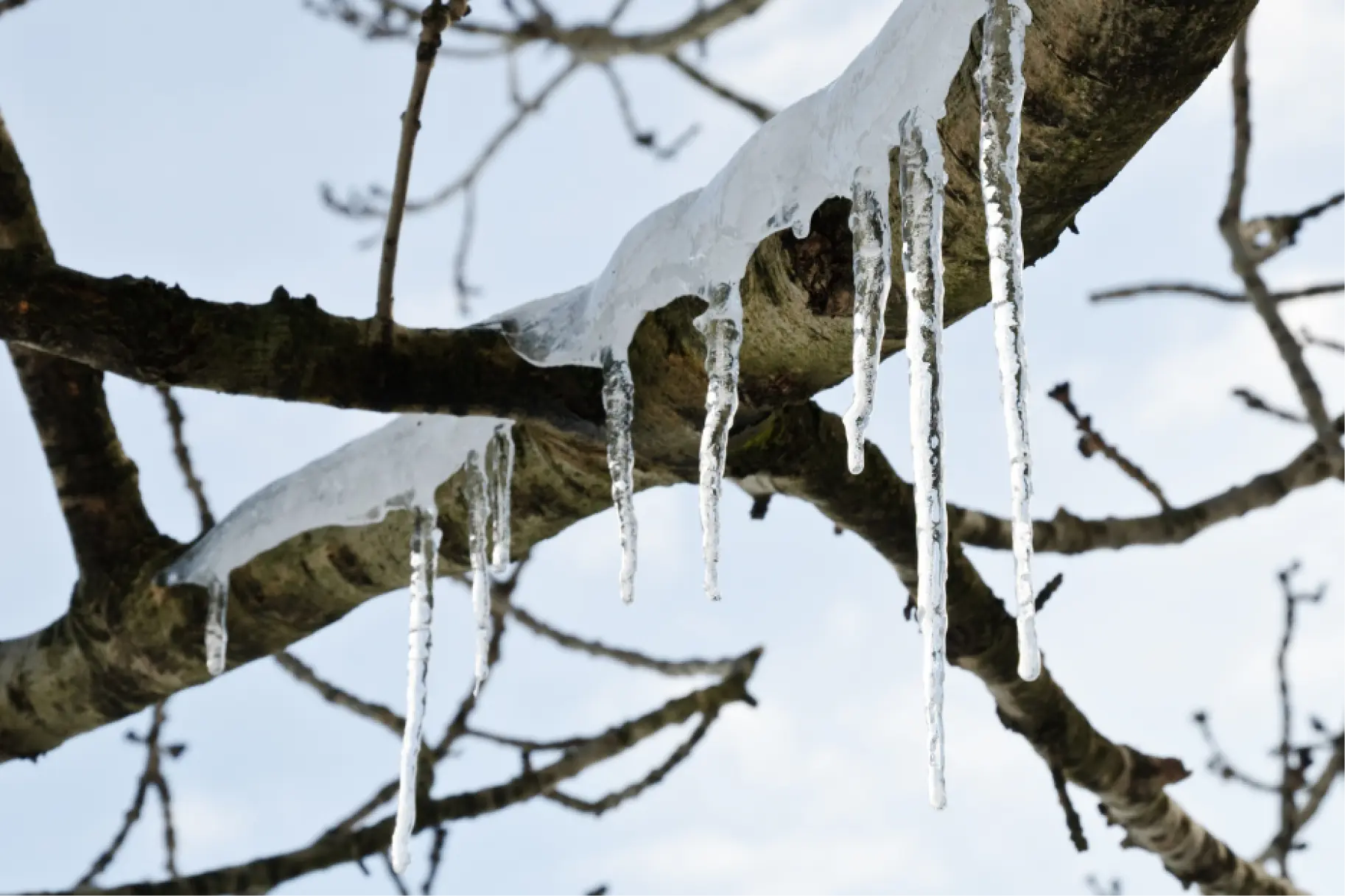
When we talk about the hanging tree branches, we are referring to one or more of them extending conspicuously from the main trunk of a tree such that they loom over rooftops, driveways and sometimes even extend up to neighboring yards. In Toronto and the GTA where there is frequent occurrence of winter storms and fluctuating temperatures these hanging branches could pose a real risk to several properties at once. For over a decade I have been involved in matters related to trees and on many occasions witnessed one branch laden with snow or ice breaking off causing damages like cars, houses and fences on behalf of its owner as well as unlucky neighbors.
Let us begin with considering damage that can be caused by a hanging branch tree to your house. If the limb is already reaching out over the roof of your building, precipitation in winter may make it heavier and cause rubbing against shingles or eaves. The constant rubbing can wear away roof materials, causing leaks or invading water for buildings. Worse still, some branches might only snap off as they get laden with heavy snowfall after an ice storm and eventually fall on the house’s top. Once inside this could damage insulation, wiring and even structural beams. This type of repair can be quite expensive and time-consuming leaving homeowners rushing to fill insurance claims and handle cleanups at the worst possible time of year in terms of coldness and inconvenience.
However, this threat is not restricted to your premises only. Liability could arise for you in case a winter storm causes damage to another person’s property after tree branches hang over their house. In some parts of the GTA, local bylaws dictate that it is up to the homeowner to maintain their trees safely. If a bough from your tree falls on a neighbor’s roof, breaks his window or damages his car, you may be required to pay for the resultant repairs. This applies even more especially if the neighbor has ever expressed worrying about how safe your tree is and you have done nothing about it. Disputes can easily become heated when there are issues of property destruction involved and legal implications thereof.
Communicating to people you live next to about possible hazards is a good idea, particularly prior to winter. In case you see any big limbs that look sick, injured or dangerously located near property lines, talk it out openly. Sometimes neighbors may opt to share the cost of a professional arborist who can prune or remove dangerous branches so as to safeguard both their properties which are under risk from falling limbs. Such proactive partnerships build better relationships and avoid hasty decisions made when the storm is just around the corner.
Preventive maintenance remains the ultimate way to deal with hanging branches. The most useful approach for handling hanging branches is preventive maintenance. All year-round, make regular checks on your trees for cracks that make them weak, mushrooms growing and hollow areas compromising a bough’s strength. Winter is a time when corrective pruning minimizes damage to the tree and reduces the risk of snow or ice adding too much weight to an already fragile limb. It would be best if you sought professional advice from an arborist regarding any substantial limb condition. However, during winter attempting complex pruning work on a tall tree without the right tools or skills can be hazardous and result in greater harm to the tree or neighboring buildings. Prune it as soon as possible during winter so that it will have time to heal before spring arrives when new buds start sprouting and growth resumes again in order not to misinterpret this part!
At the end of the day, taking care of hanging branch tree is a good way to protect your home, ensure that you are a good neighbor and promote overall health of trees. This makes it even more important for those living in these regions to be responsible about their trees as they can give them peace of mind amidst winter storms that could be quite unpredictable. A well-kept and healthy tree adds value to any home by giving shade and aesthetic appeal unlike one which just poses a threat on roofs or property borders. Many pitfalls associated with broken branch trees when snowfall begins can be avoided by proactive preparation, correct pruning and an open relationship between homeowners within Toronto and the greater Toronto Area.
